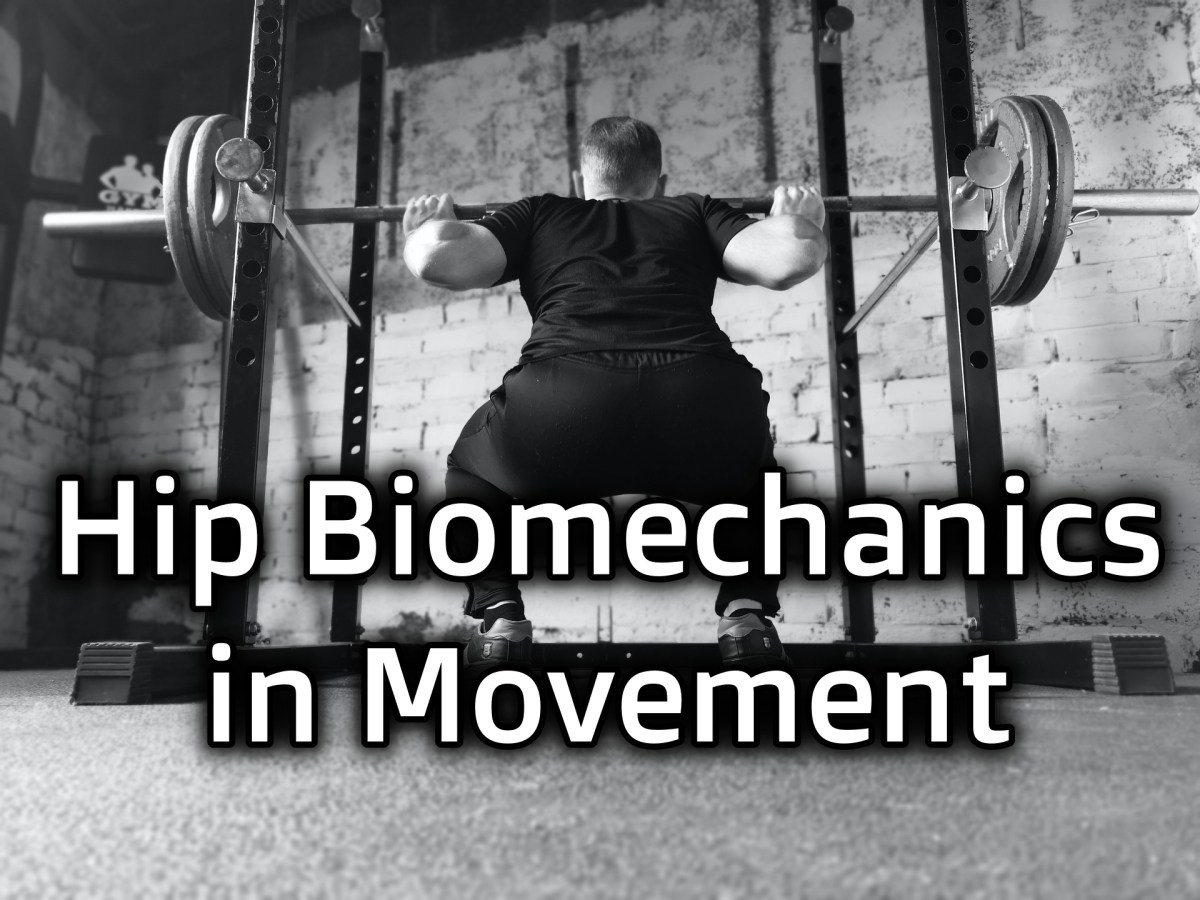North Coast Miller
Level 9 Valued Member
Interesting observation maybe, am a couple weeks into swapping low pull round back Zercher for my hinge exercise. So - very low hinge, elbows just inside and slightly lower than the knees. Lumbar is flexed, shoulders foreward.
At start of pull, am actively hinging up against upper back shrug, am using 2" hardwood dowel wrapped in dense rubber for a bar.
On my third week of this am starting to get that ol sciatic dull ache about an inch to the right of my tailbone, three inches down from the hip. Mostly when sitting.
My stock use of roundback is to train it seldom, in my opinion once you have a technique groove, you're better off strengthening the surrounding muscle with a neutral back.
I did notice somewhat different recruitment muscle patterns, but gonna leave that alone. Will train it once a month or so just to keep active if needed for work.
At start of pull, am actively hinging up against upper back shrug, am using 2" hardwood dowel wrapped in dense rubber for a bar.
On my third week of this am starting to get that ol sciatic dull ache about an inch to the right of my tailbone, three inches down from the hip. Mostly when sitting.
My stock use of roundback is to train it seldom, in my opinion once you have a technique groove, you're better off strengthening the surrounding muscle with a neutral back.
I did notice somewhat different recruitment muscle patterns, but gonna leave that alone. Will train it once a month or so just to keep active if needed for work.
Last edited:




